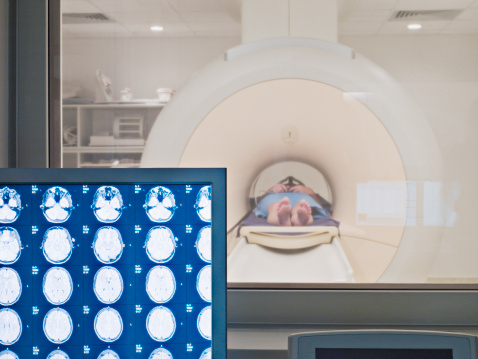Autism, OCD and ADHD may share a brain signature
 New research suggests that the three conditions are all linked by disruptions in the structure of the corpus callosum.
New research suggests that the three conditions are all linked by disruptions in the structure of the corpus callosum.
A broad band of nerve fibres that links the two cerebral hemispheres, the corpus callosum was identified as the problem area in what is the first comparison of brain architecture across autism, OCD and ADHD, published in July in the American Journal of Psychiatry.
Scientists have known for years that these three conditions share genetic roots, as well as certain behavioural features, such as impulsivity. But in linking them by structural changes in the brain as well, this new research may have significant implications for the clinical treatment of patients.
As distinguishing between autism and ADHD can be difficult based on symptoms alone, the same interventions might be useful regardless of diagnosis, says lead researcher Stephanie Ameis, assistant professor of psychiatry at the University of Toronto.
Ameis’s study involved examining the brains of 71 children with autism, 31 with ADHD, 36 with OCD and 62 without these conditions. Her team looked at the children’s white matter - the long fibres that connect nerve cells - which affects how the brain learns and functions. To do this, they used diffusion tensor imaging, a magnetic resonance imaging technique that produces a picture of the white matter by measuring the diffusion of water across its fibres.
The researchers found widespread disruptions in the white matter structure of children with all three conditions, although these were less pronounced in those with OCD. This may be explained by the earlier onset of autism and ADHD.
The parents of the children involved in the study also assessed their children’s behaviour, and it was found that those who showed the least independence in performing everyday tasks were the ones with the most significant disruptions in their white matter. However, there was no connection between brain structure and the children’s attention, social communication skills or obsessive behaviours.
“There is an association between what your brain looks like, in terms of its impairment, and how impaired you are in everyday life,” said Ameis.
The connection between autism, OCD and ADHD was revealed when researchers looked for problems in particular white matter tracts. The corpus callosum is the only tract which appears similar in those with all three conditions, suggesting that the disruptions here are the source of the features that they all have in common.
Ameis said: “What’s interesting is that [the corpus callosum] is one of the first tracts to develop and it’s the largest in the brain. So it could be a tract that creates vulnerability for these neurodevelopmental conditions.”
However, the changes in the corpus callosum were only detected in a small section of the tract, so it must be stressed that the researchers’ findings are only preliminary. Ruth Carper, assistant research professor of neurosciences at the University of California, San Diego, noted that the aberrations seen may not be clinically meaningful. She also raised the possibility that the differences among the three groups stem from movement in the scanner, a common problem in studies involving children with these conditions.
Whether Carper’s doubts are laid to rest or not, Ameis and her team say their findings are an important step toward identifying both the similarities and differences between autism, OCD and ADHD.
Comments
Write a Comment
Comment Submitted